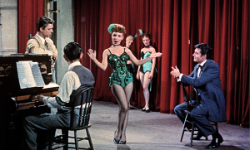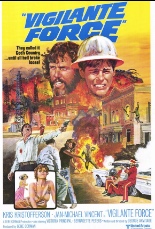
 Baby-faced and butt-cut, White Line Fever’s Jan-Michael Vincent again plays a Working-Class Hero, this one named Ben, in the utterly oddball and oddly rewarding Vigilante Force, from George Armitage (Miami Blues). A farm machinist and single dad, Ben notices something just ain’t right in his small town of Elk Hills, California: namely, that influx of redneck oil workers. They’ve turned the place into a comically lawless swath of blue-collar chaos.
Baby-faced and butt-cut, White Line Fever’s Jan-Michael Vincent again plays a Working-Class Hero, this one named Ben, in the utterly oddball and oddly rewarding Vigilante Force, from George Armitage (Miami Blues). A farm machinist and single dad, Ben notices something just ain’t right in his small town of Elk Hills, California: namely, that influx of redneck oil workers. They’ve turned the place into a comically lawless swath of blue-collar chaos.
Low on officers because they keep getting killed in broad-daylight shootouts, the police chief (Judson Pratt, Futureworld) suggests Ben recruit some tough guys, starting with that no-good brother of his, Aaron (Kris Kristofferson, Convoy). A Vietnam vet who apparently never met a shirt he liked to wear for more than a few minutes, Aaron agrees and brings along some buds, all of whom are sworn in as lawmen. Initially, Aaron looks like the ideal hire, because he produces near-instant results in cleaning up the riffraff.
 Too bad the power goes straight to Aaron’s bearded head. Acquiring a tone-deaf bar floozy (Bernadette Peters, The Jerk) as property, he has the bright idea to start charging local businesses for “protection,” and to shoot shit (and shit-kickers) up as he damn well feels like it, cockfight included! Suddenly, it’s sibling against sibling, Cain vs. Abel, concluding in an all-out war during a bicentennial parade. It looks and feels like a showdown from an alternate reality: On one side, a topless Ben in overalls; on the other, Aaron, wielding a bazooka while dressed like The Music Man. Many, many explosions follow, because producer Gene Corman learned well from brother Roger.
Too bad the power goes straight to Aaron’s bearded head. Acquiring a tone-deaf bar floozy (Bernadette Peters, The Jerk) as property, he has the bright idea to start charging local businesses for “protection,” and to shoot shit (and shit-kickers) up as he damn well feels like it, cockfight included! Suddenly, it’s sibling against sibling, Cain vs. Abel, concluding in an all-out war during a bicentennial parade. It looks and feels like a showdown from an alternate reality: On one side, a topless Ben in overalls; on the other, Aaron, wielding a bazooka while dressed like The Music Man. Many, many explosions follow, because producer Gene Corman learned well from brother Roger.
And so did writer/director Armitage, who cut his teeth on Private Duty Nurses (part of Corman’s five-film cycle of RN-fronted sex comedies), because he fills the screen with eye candy and other dirt-cheap visual effects. A drop-dead gorgeous Victoria Principal (Earthquake) plays the girlfriend of Ben, whose idea of romance is greeting her with a six-pack of Pabst Blue Ribbon — a gesture that may make viewers cringe, knowing how Vincent torpedoed his career. There’s also a pre-WKRP Loni Anderson, uncredited as a buxom, brunette casino hussy named, naturally, Peaches.
One of the great unheralded pics in hicksploitation history, Vigilante Force comes packed with an uncredited Dick Miller (A Bucket of Blood) as a piano player, a lot of whores, a guy named Shakey, a girl named Boots, several grown men in coonskin caps, a fake Cloris Leachman and the real Andrew Stevens. Plus, David Doyle (aka Bosley from TV’s Charlie’s Angels) gets run over by a car, so there’s that, too! Now how much would you pay? —Rod Lott

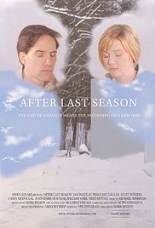
 I’m deeply concerned about you,
I’m deeply concerned about you, 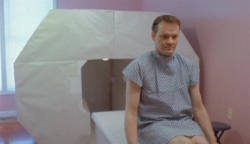

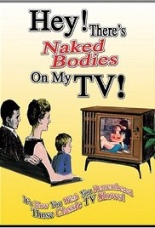
 Nowadays, just about every blockbuster of note gets a simultaneous X-rated “parody.” Remember when your favorite ABC sitcoms of the 1970s got similar treatment? No? Well, it happened to
Nowadays, just about every blockbuster of note gets a simultaneous X-rated “parody.” Remember when your favorite ABC sitcoms of the 1970s got similar treatment? No? Well, it happened to 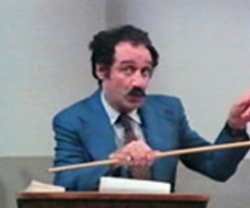
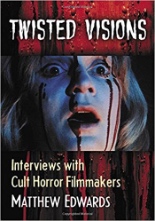
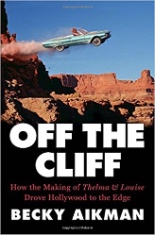
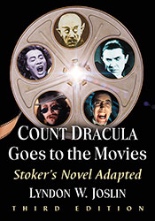
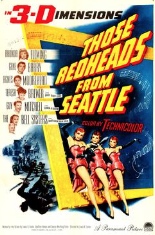
 Hubba-hubba! The carpetbaggers match the drapes when Agnes Moorehead takes her four single and ready to mingle (mostly) carrot-topped daughters (Rhonda Fleming, Teresa Brewer, Cynthia Bell, Kay Bell) from the titular city of Seattle to Gold Rush-era Alaska for some snowbound romance and minor Klondike mystery-solving, as the gals try to find their newspaper publisher father’s murderer whilst pitchin’ woo with the fool’s gold worth of lonely prospectors that permeate the Arctic climate.
Hubba-hubba! The carpetbaggers match the drapes when Agnes Moorehead takes her four single and ready to mingle (mostly) carrot-topped daughters (Rhonda Fleming, Teresa Brewer, Cynthia Bell, Kay Bell) from the titular city of Seattle to Gold Rush-era Alaska for some snowbound romance and minor Klondike mystery-solving, as the gals try to find their newspaper publisher father’s murderer whilst pitchin’ woo with the fool’s gold worth of lonely prospectors that permeate the Arctic climate.